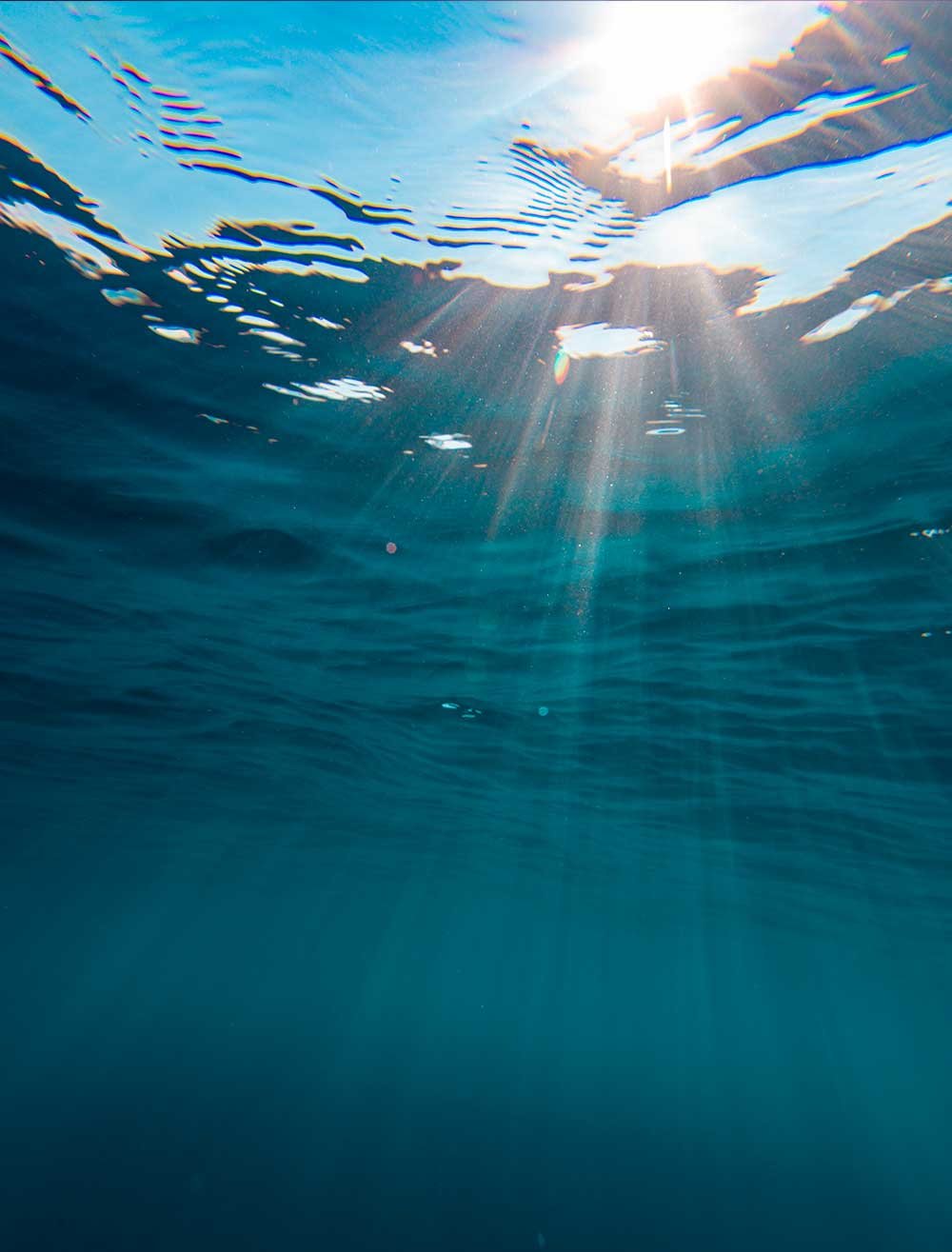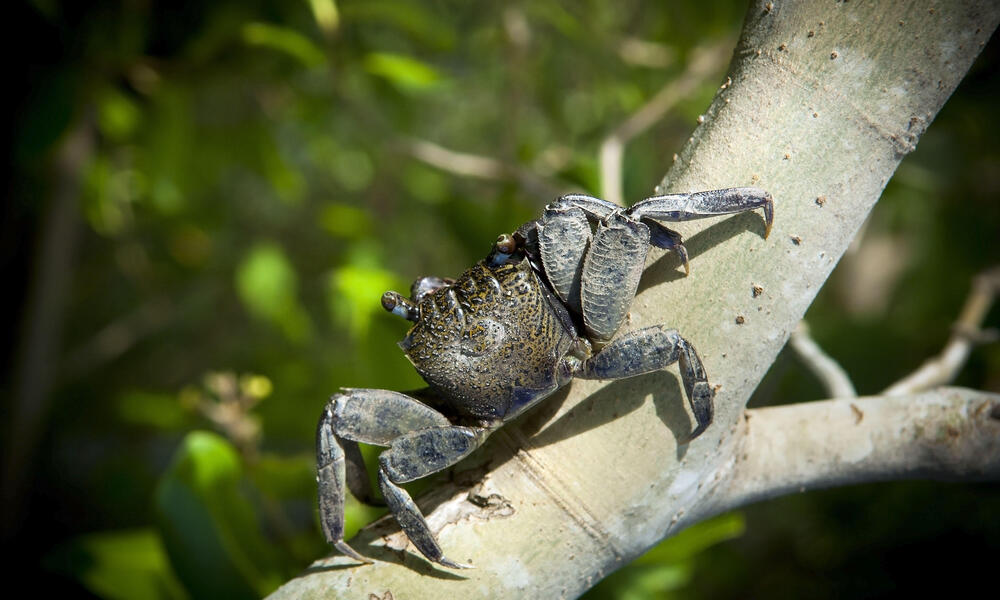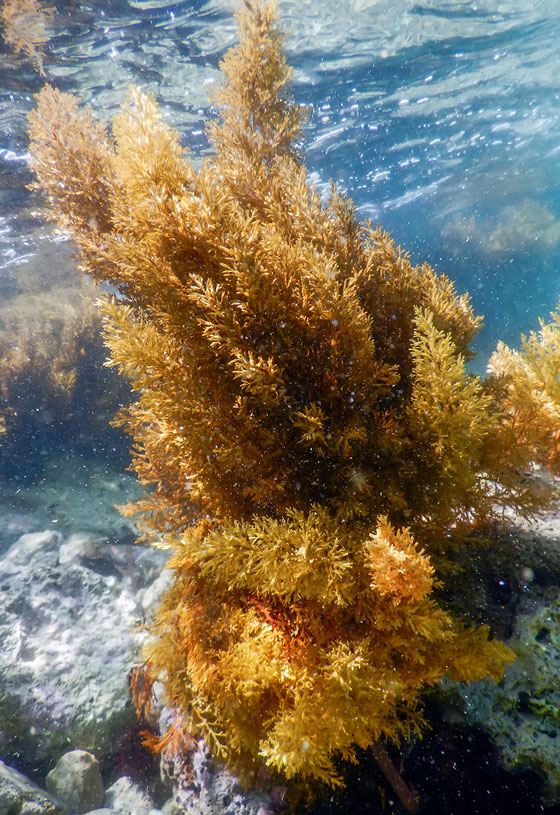Blue Carbon
They are a carbon emissions compensation mechanism that focuses on marine and coastal ecosystems. These ecosystems, which include mangroves, salt marshes and seagrass beds, have a remarkable capacity to capture and store carbon from the atmosphere, known as "blue carbon." Protecting and restoring these habitats not only helps mitigate climate change, but also offers additional benefits to biodiversity, coastal communities and the local economy.
Portada / Blue Carbon Credits
Benefits of Investing in Blue Carbon Credits
Investing in blue carbon credits not only contributes to the global fight against climate change, but also supports the protection of biodiversity, improves the resilience of coastal communities and promotes a sustainable economy. Blue carbon credits represent a unique opportunity to connect climate action with marine conservation, creating a more sustainable and equitable future for all.
Importance of Blue Carbon Ecosystems
Blue carbon ecosystems are essential in the fight against climate change for several reasons:












